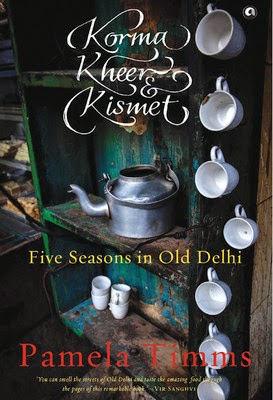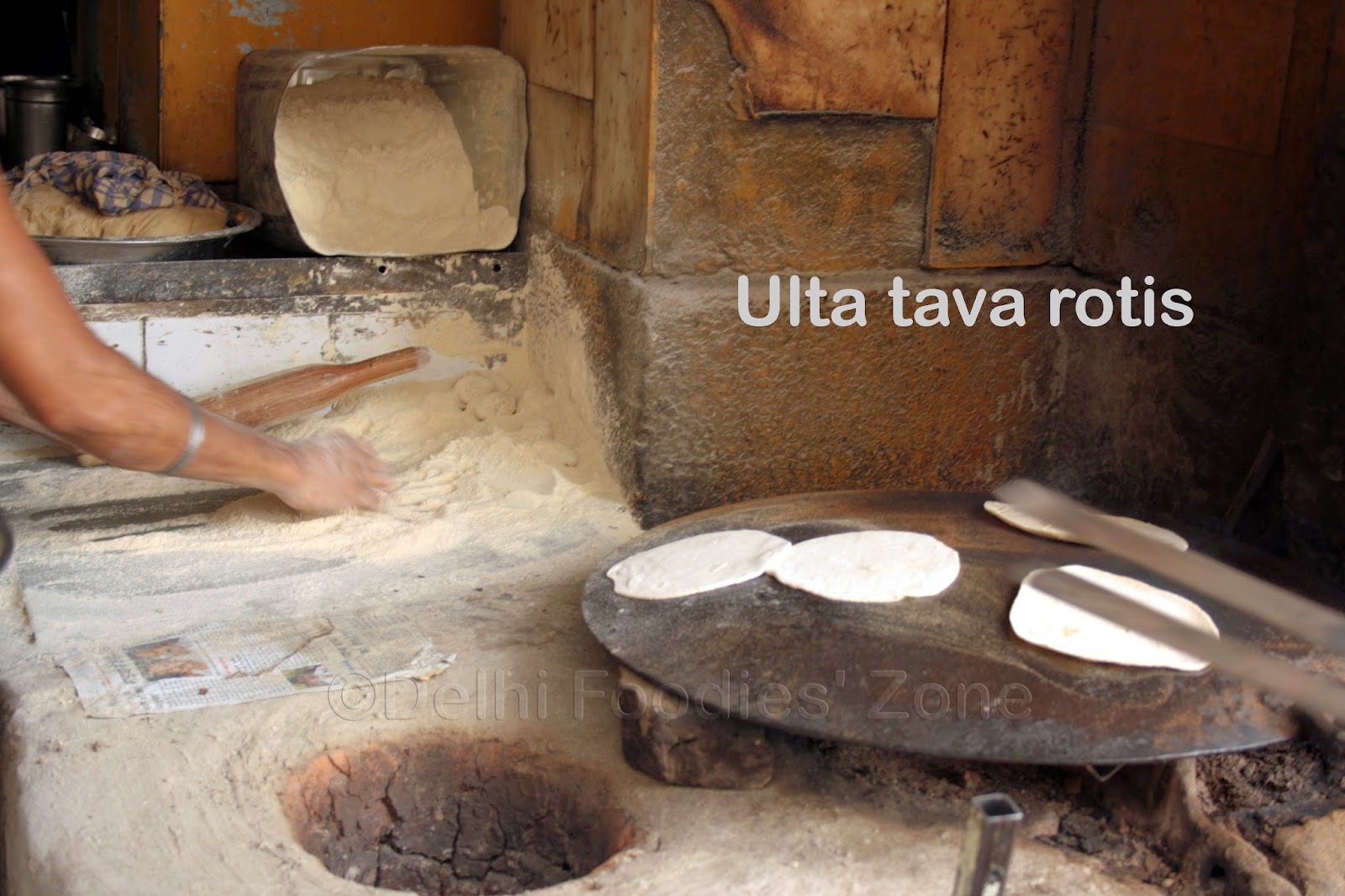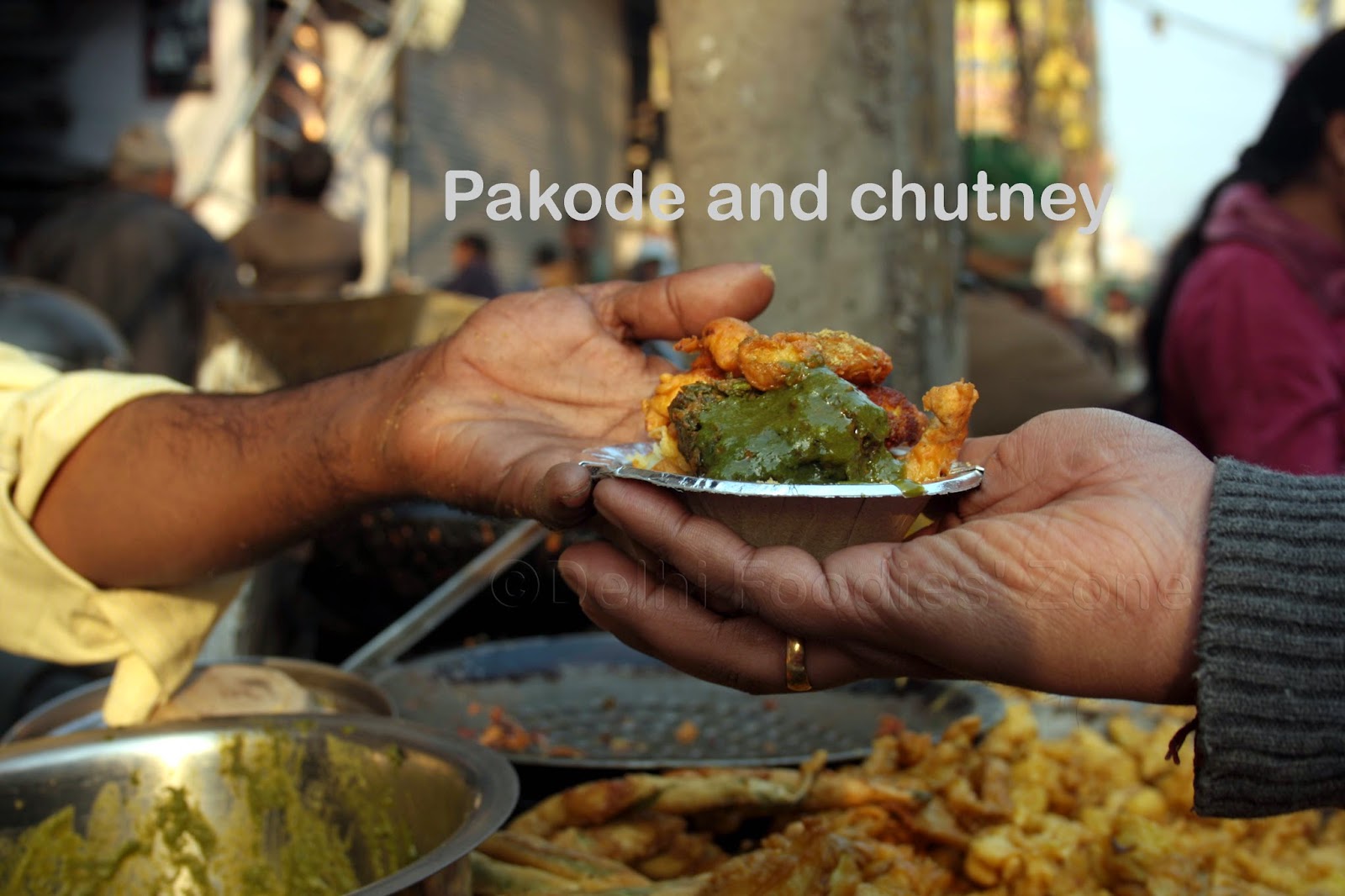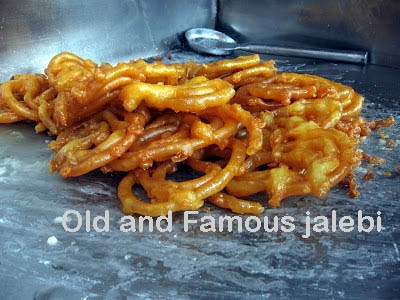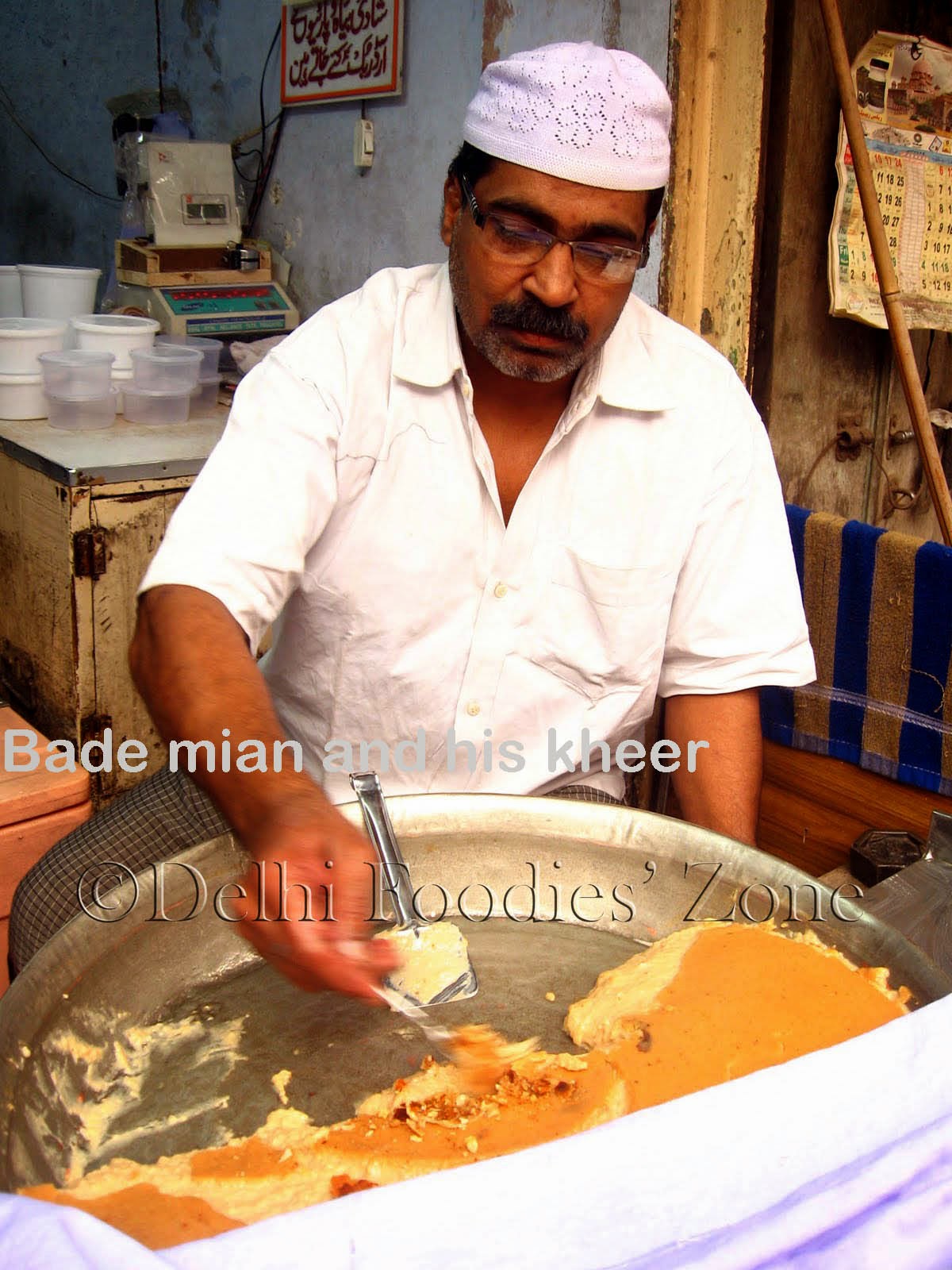Category: food photography
Trendy Microgreens
Haak – Kashmiri greens recipe
Recipe:
For 1 medium bunch of Haak: Wash the leaves well. Look out for worms. I put them in salted water for 30 mins, rinse and then use. Snip off the ends and use the leaves as well as the tender stem. Heat mustard oil in a wok. Add 1 or 2 whole red chillies, depending on the quantity of your haak. Chop a fat garlic clove and add. Immediately thereafter, add 1.5 cups of water and let it simmer. Now add the whole Haak leaves and salt to taste. Let it boil for 7 to 10 minutes or till the leaves wilt a little. Enjoy Haak hot off the wok with steamed rice. Bliss!
‘
As mentioned earlier, I don’t follow any typical Kashmiri recipe mentioned in recipe books and sites, but do follow some basic rules:
Use whole leaves and some stem.
Keep spices minimal to bring out the flavour of the haak well.
Do not overcook.
Ideally, do not reheat and make it 15 mins prior to serving.
Serve hot with steamed rice.
Korma, Kheer & Kismet- an escapade to Old Delhi by Pamela Timms
Of family kitchens, heady aromas and The Sood Family Cookbook
Skeeter loves browsing good books. Cookbooks are Skeeter’s best friends. Leave her in a mall and you will invariably in a store buying or admiring cookware or browsing cookbooks. The average cookbook with a collection of 50 or 100 odd recipes duly classified as snacks/mains/desserts is the most boring thing ever!
A long while ago Aparna Jain wrote on a social networking site that she’s putting together a family cookbook: The Sood Family Cookbook. When Skeeter finally laid her hands on the book it was all that was promised. A true family cookbook in soul and spirit. For one, it covers not only the nuclear family but also the widespread global family. An aunt in the hills, a cousin abroad, a baker niece and others have pitched in to send recipes which Aparna asked for and that enabled her to compile this cookbook. The book is dedicated to a brother who’d need recipes that would remind him of home every time he decides to cook in his kitchen in another continent. The family is a good mix of Kashmiris, Malayalis, Mangaloreans, Assamese, Sindhis, Punjabis and more. Hence, the diverse flavour of The Sood Family Cookbook. The book was first self-published by Aparna in a three ring binder before being formally published by Collins.
A wild and leafy summer: Olive
Here are Skeeter’s favourites off Olive summer menu. The amuse bouche (above), a pumpkin cracker, slathered with soft goat’s cheese and topped with semi dried tomatoes and garnished with mini sorrel sprouts made for a pretty plate. Up next was the Salt baked beetroot with goat’s cheese, wild rocket leaves, orange and apricot puree. The picture below does no justice to the beauty of the plate and marriage of flavours. In India, we are so used to cooking and overcooking our greens (thing what poor sarson ka saag and palak are subjected to: boiling, pureeing and frying!), that we’ve actually forgotten to keep it simple. Take cue!
A simple palate cleanser: Yoghurt sorbet (below).
On to the mains. There was Fettucine topped in a simple sauce topped with super crisp Zucchini fritters (pic below). There was a decent Green asparagus and broad bean risotto. But what stole Skeeter’s soul was a wonderfully crisscross grilled baby Zucchini and creamy polenta (Pave of Melanzane).
 |
| Pave of Melanzane |
 |
| Mille Feuille of mango |
 |
| Baked cheesecake |









